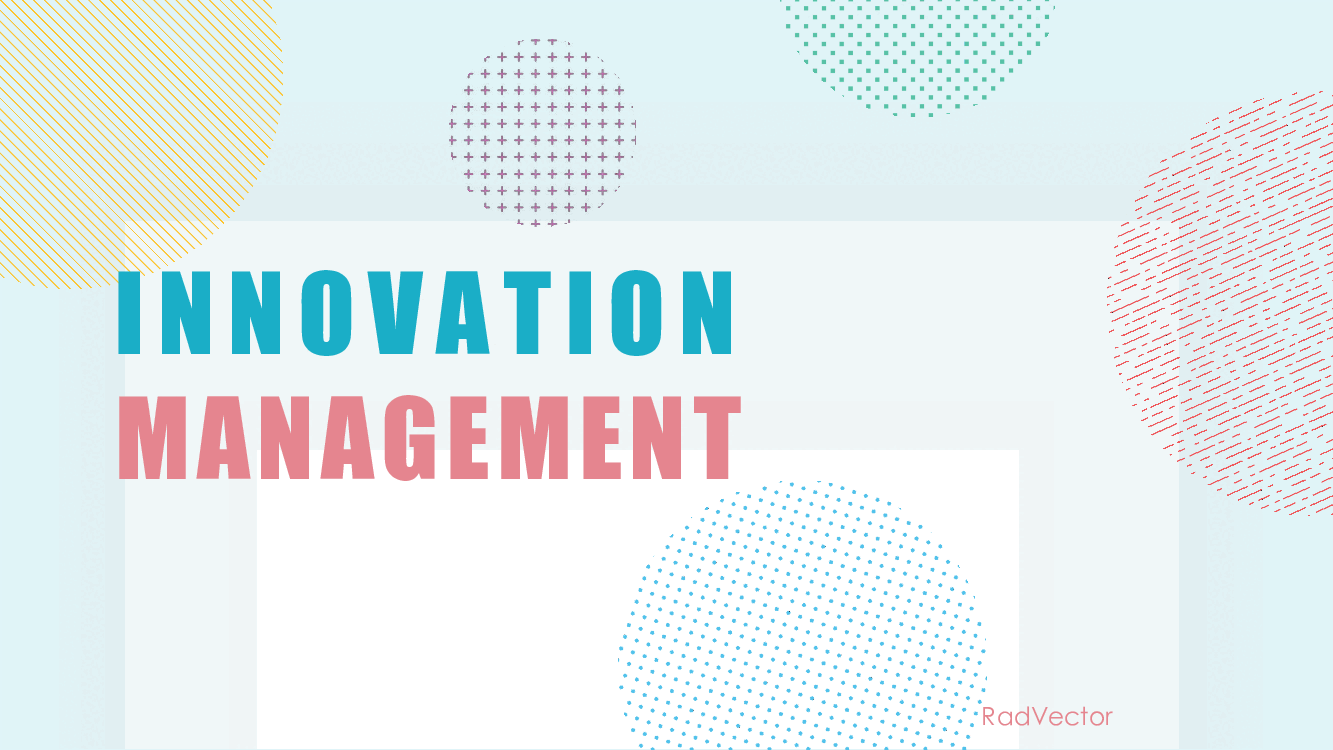Innovation Management (PowerPoint PPTX Slide Deck)
PowerPoint (PPTX) 56 Slides
INNOVATION MANAGEMENT PPT DESCRIPTION
Innovation management refers to the process of fostering, nurturing, and guiding innovation within an organization to create and implement new ideas, products, services, processes, or business models that lead to improved performance, growth, and competitiveness. It involves a systematic approach to generating, developing, and implementing innovative solutions to address challenges, seize opportunities, and stay ahead in a rapidly changing business environment.
Key components of innovation management include:
1. Idea Generation: Encouraging employees and stakeholders to contribute creative ideas and solutions that have the potential to drive innovation.
2. Idea Screening and Selection: Evaluating and selecting the most promising ideas based on criteria such as feasibility, market potential, alignment with strategic goals, and resource availability.
3. Idea Development and Prototyping: Transforming selected ideas into tangible concepts or prototypes that can be tested and refined.
4. Innovation Culture and Leadership: Establishing a culture that values and supports innovation, and having leaders who champion and drive innovation initiatives.
5. Cross-Functional Collaboration: Facilitating collaboration between different departments and teams to bring diverse perspectives and expertise to the innovation process.
6. Resource Allocation: Allocating resources, such as funding, time, and talent, to support the development and implementation of innovative projects.
7. Risk Management: Identifying and mitigating potential risks associated with innovation, including technological, financial, and market risks.
8. Market Analysis: Conducting market research to understand customer needs, trends, and competitive landscape to guide innovation efforts.
9. Pilot Testing and Validation: Testing and validating innovative solutions in a controlled environment before wider implementation.
10. Scaling and Implementation: Gradually implementing successful innovations across the organization and into the market.
11. Measurement and Evaluation: Monitoring and measuring the impact and success of innovative initiatives, both in terms of financial outcomes and strategic objectives.
12. Continuous Improvement: Learning from both successes and failures to continuously improve the innovation process and outcomes.
Innovation management can be facilitated through various approaches, methodologies, and tools, including:
• Design Thinking: A human-centered approach that emphasizes empathy, ideation, and prototyping to solve complex problems.
• Lean Startup: A methodology that focuses on quickly building and testing minimum viable products to validate assumptions and gather feedback.
• Open Innovation: Collaborating with external partners, such as customers, suppliers, and research institutions, to access new ideas and technologies.
• Idea Management Software: Digital platforms that facilitate the collection, evaluation, and development of ideas from employees and stakeholders.
The 56-slide document is an effective innovation management presentation that can help organizations adapt, evolve, and remain competitive in an ever-changing business landscape.
Got a question about the product? Email us at support@flevy.com or ask the author directly by using the "Ask the Author a Question" form. If you cannot view the preview above this document description, go here to view the large preview instead.
Source: Best Practices in Innovation Management PowerPoint Slides: Innovation Management PowerPoint (PPTX) Presentation Slide Deck, RadVector Consulting









